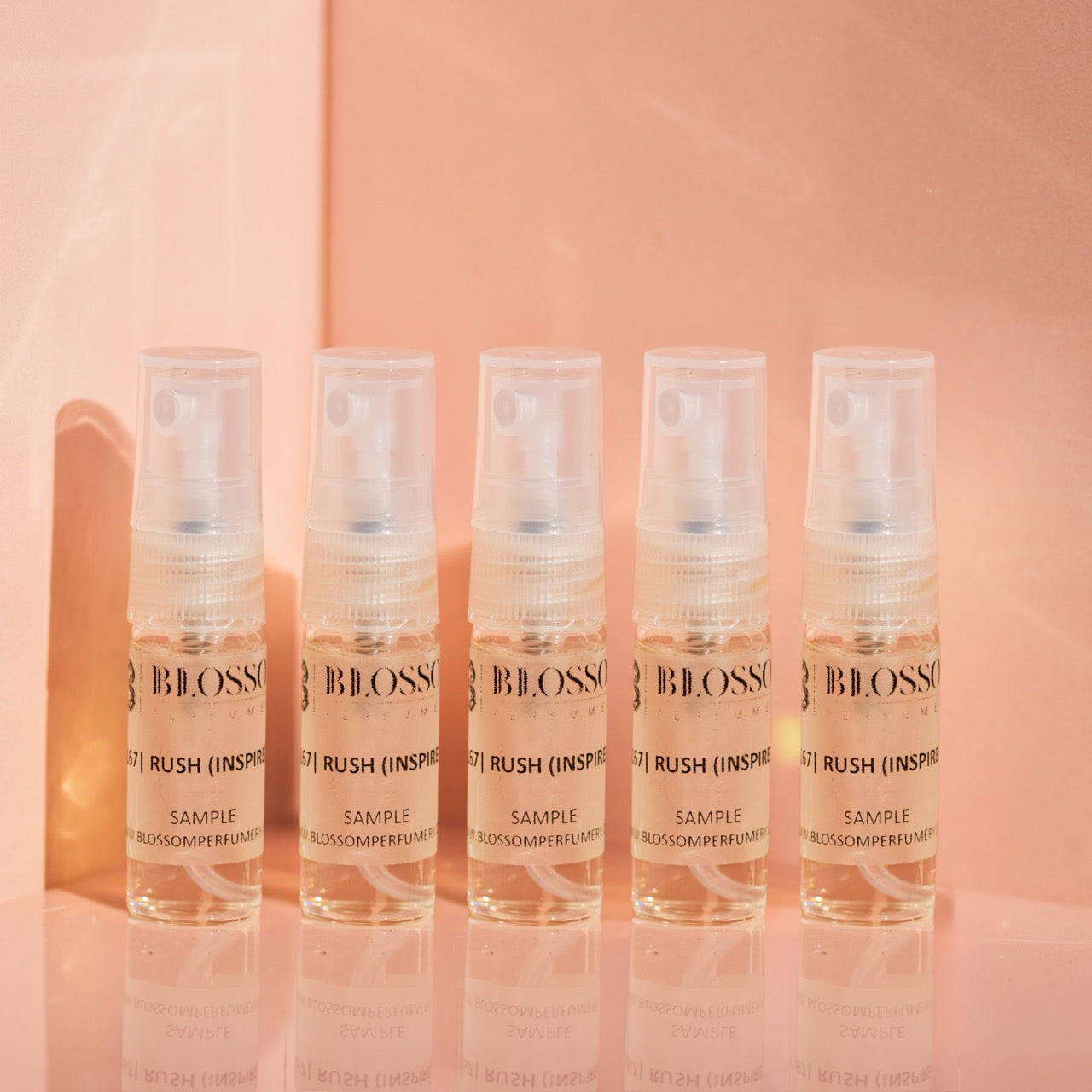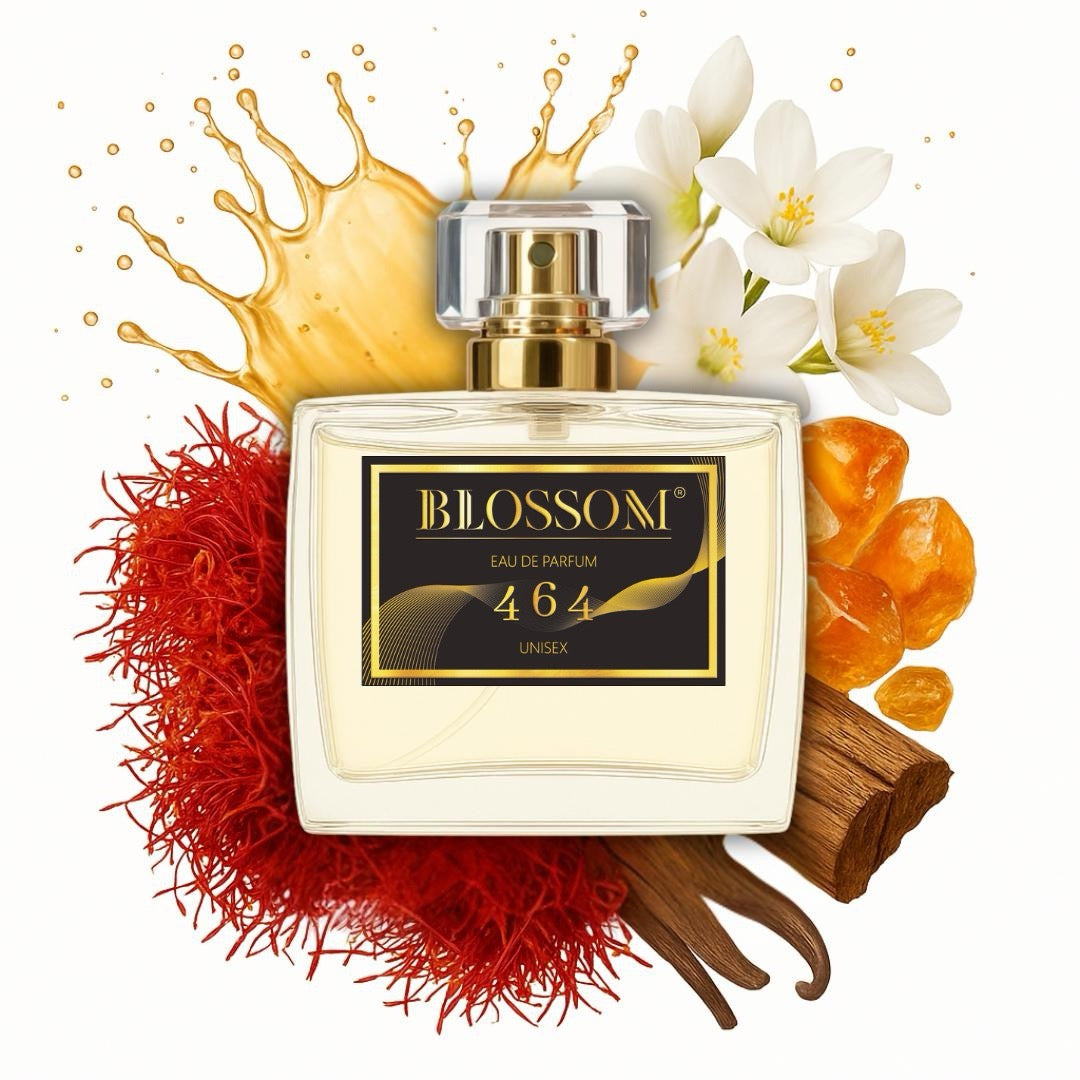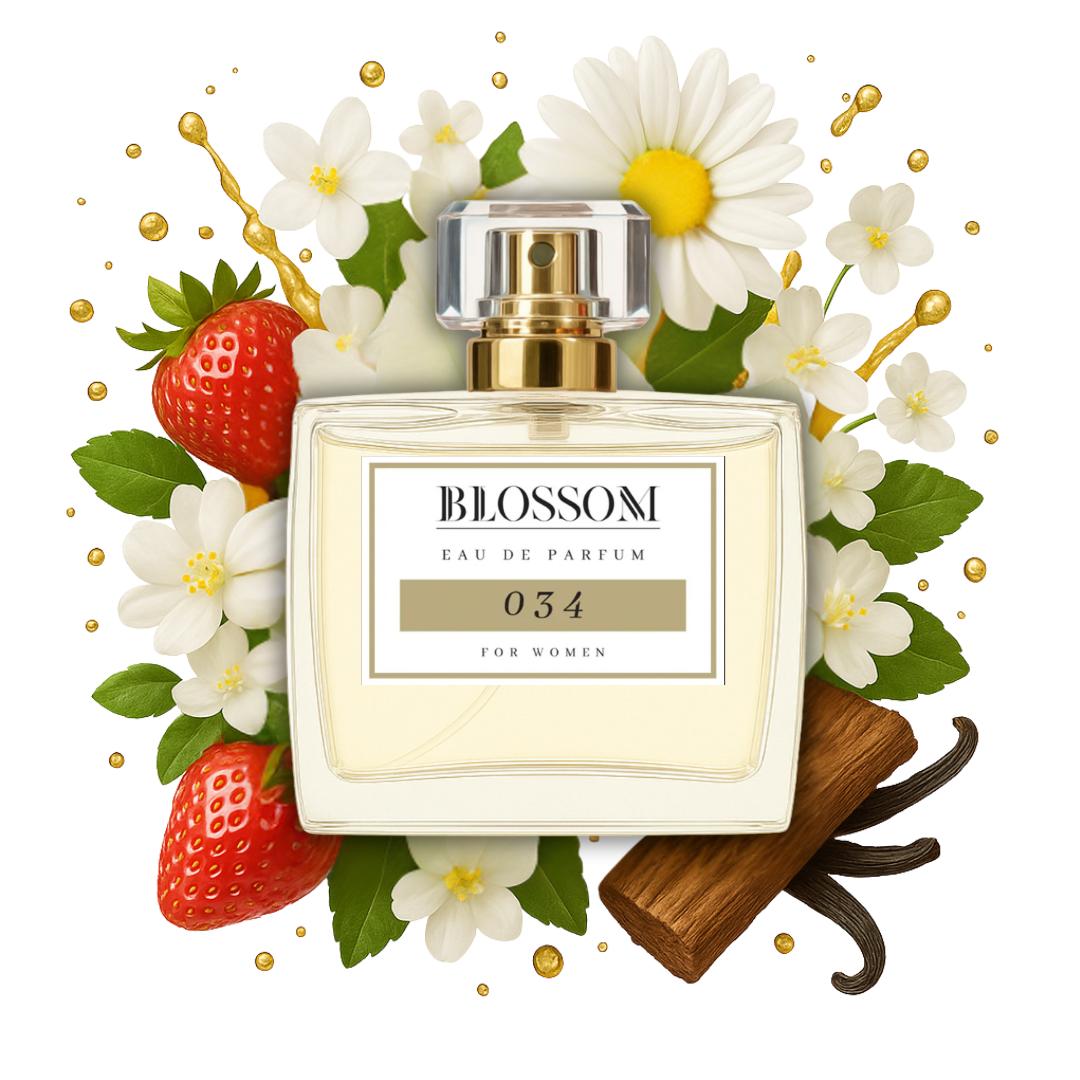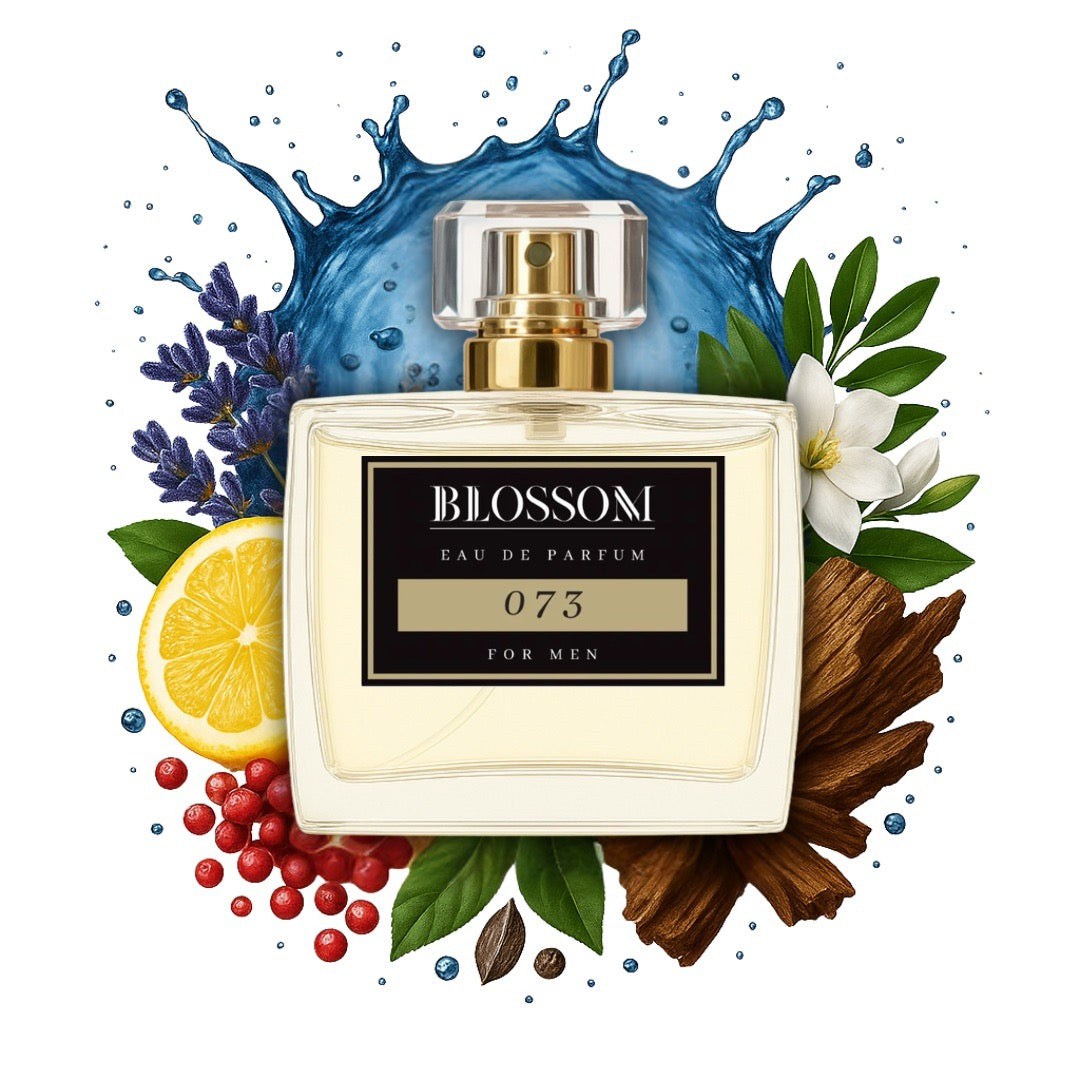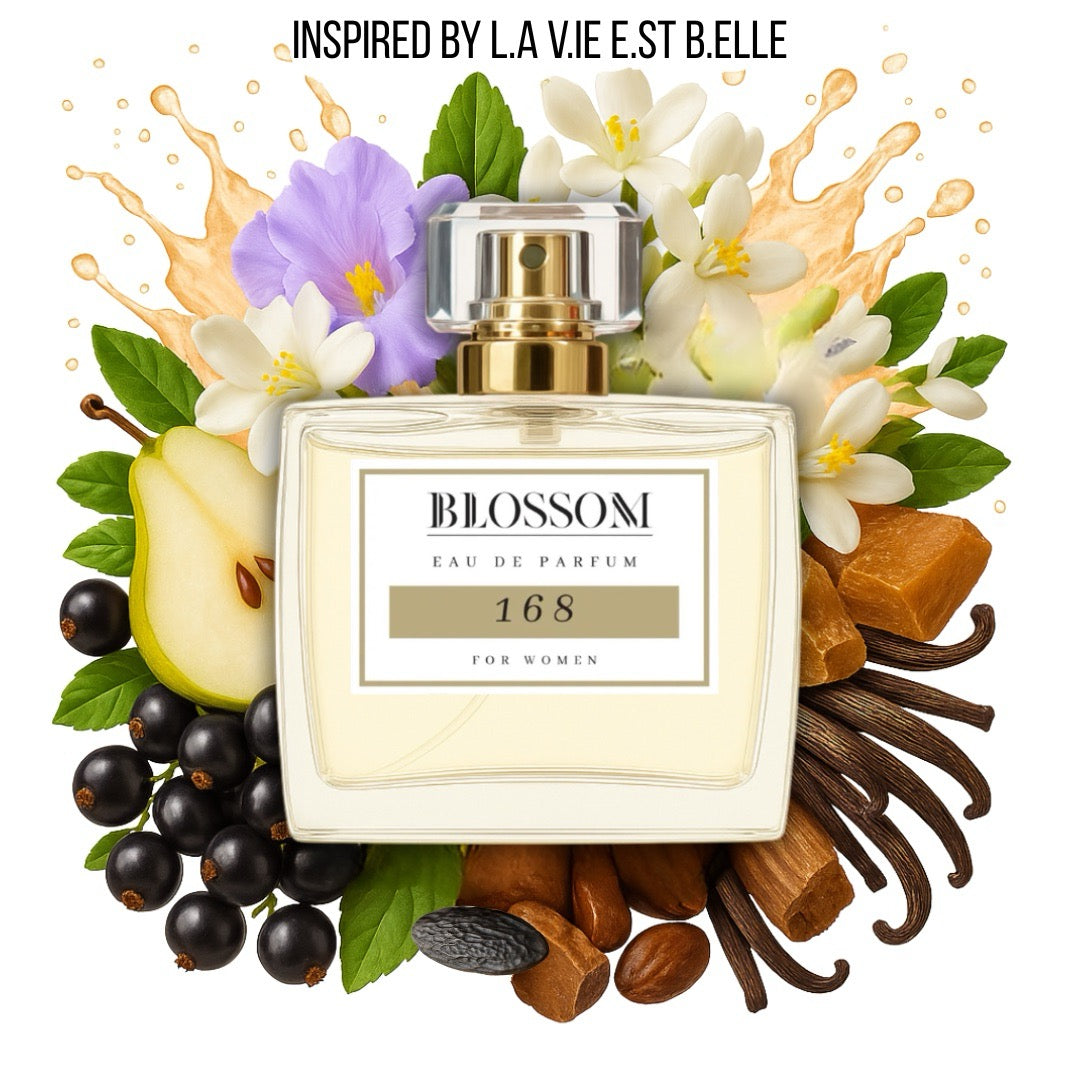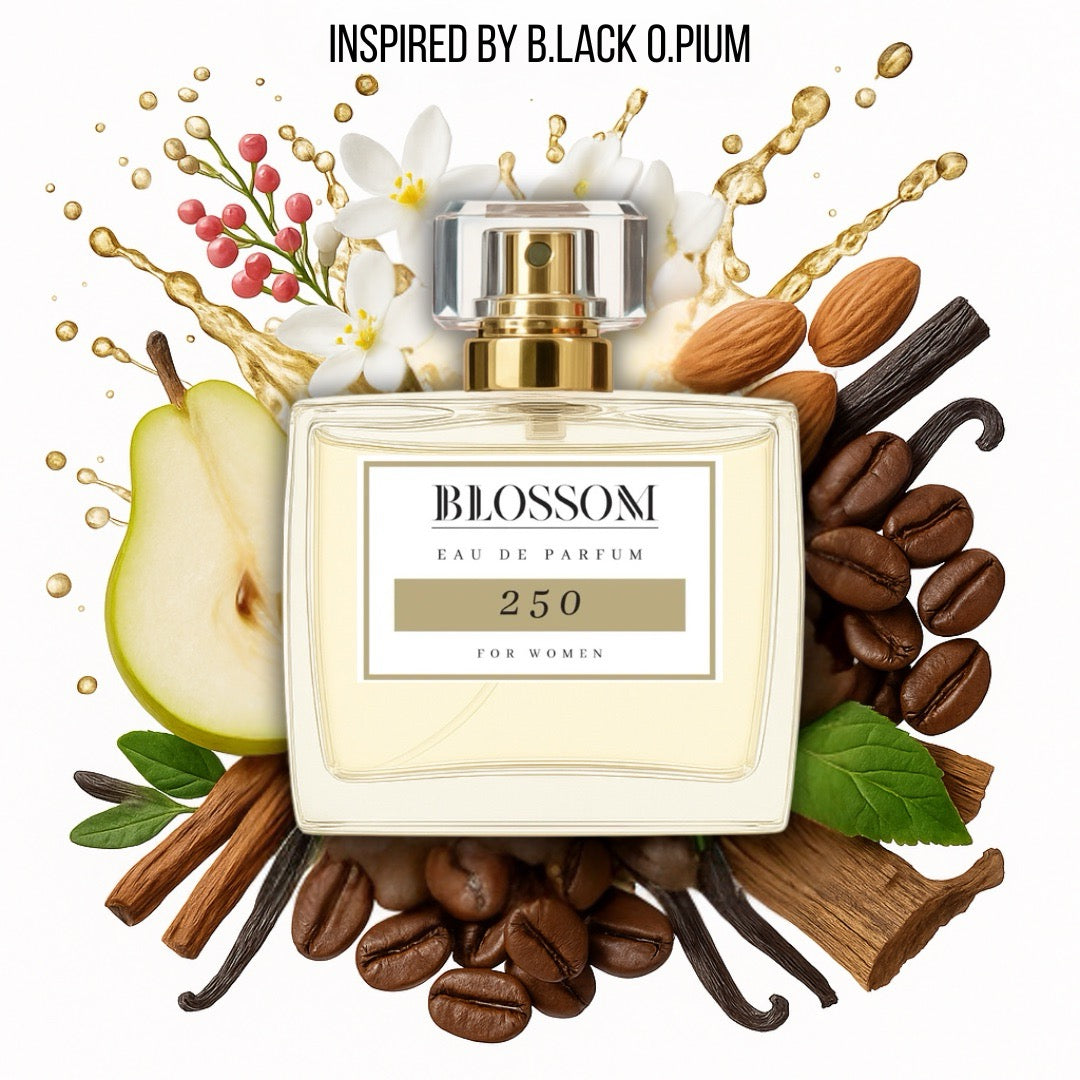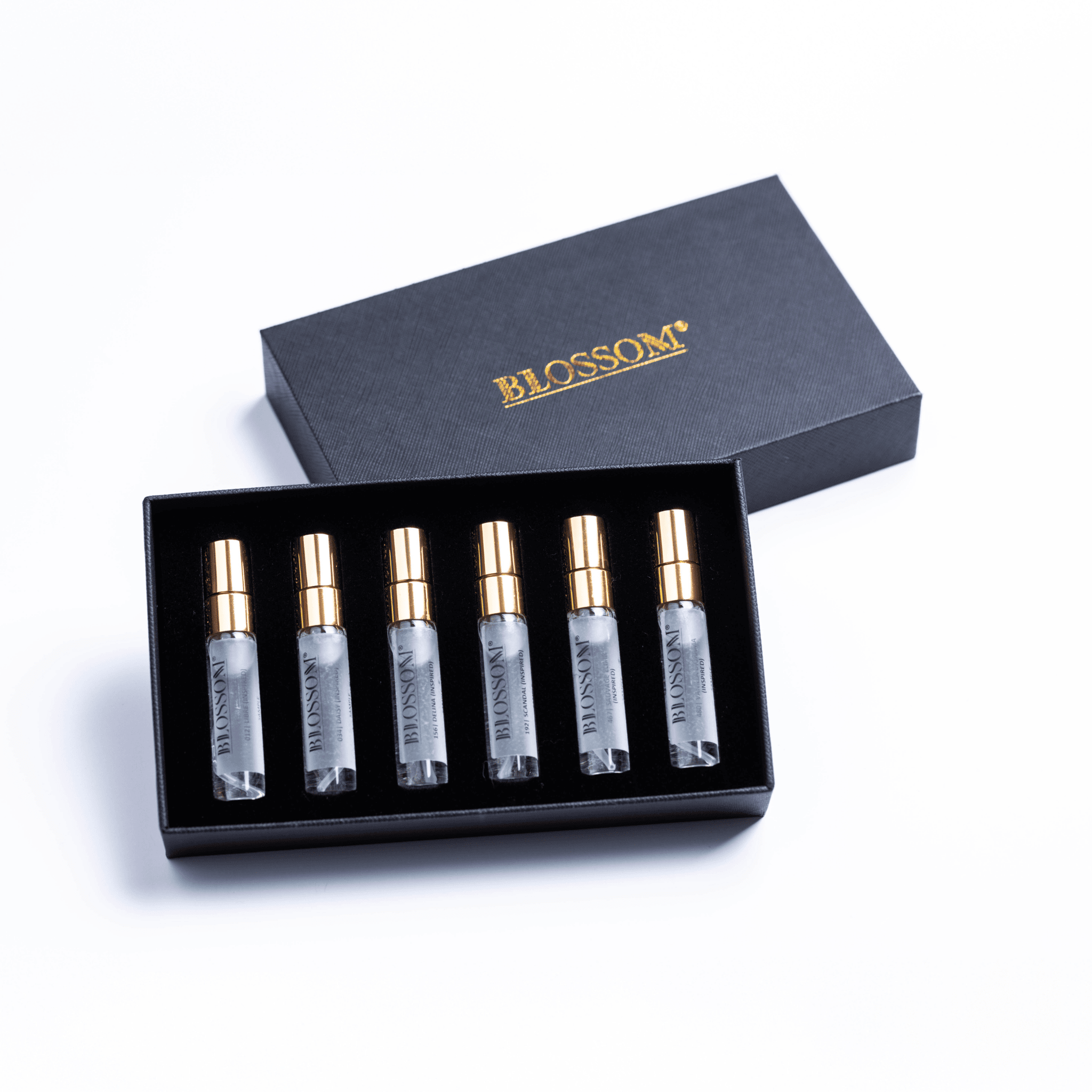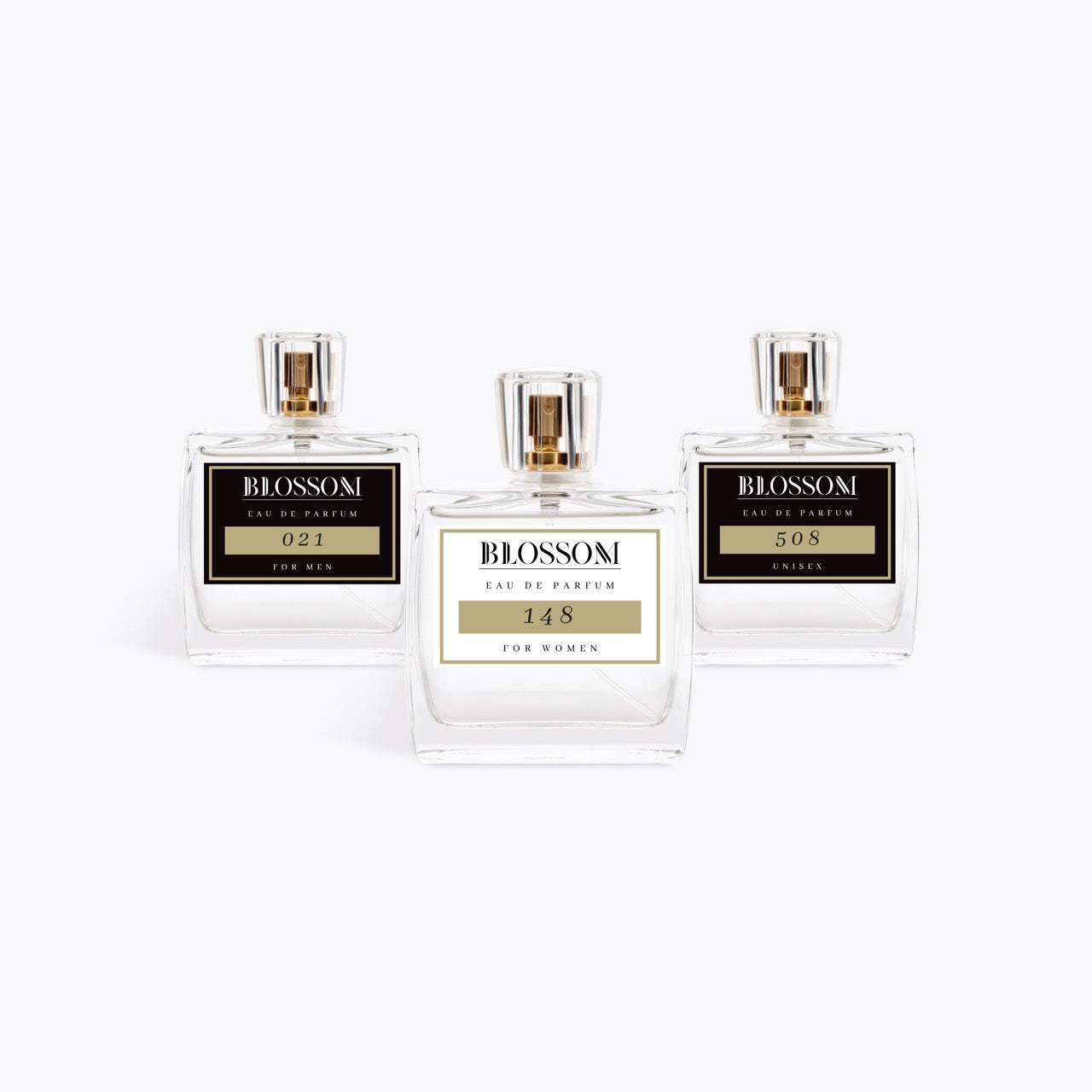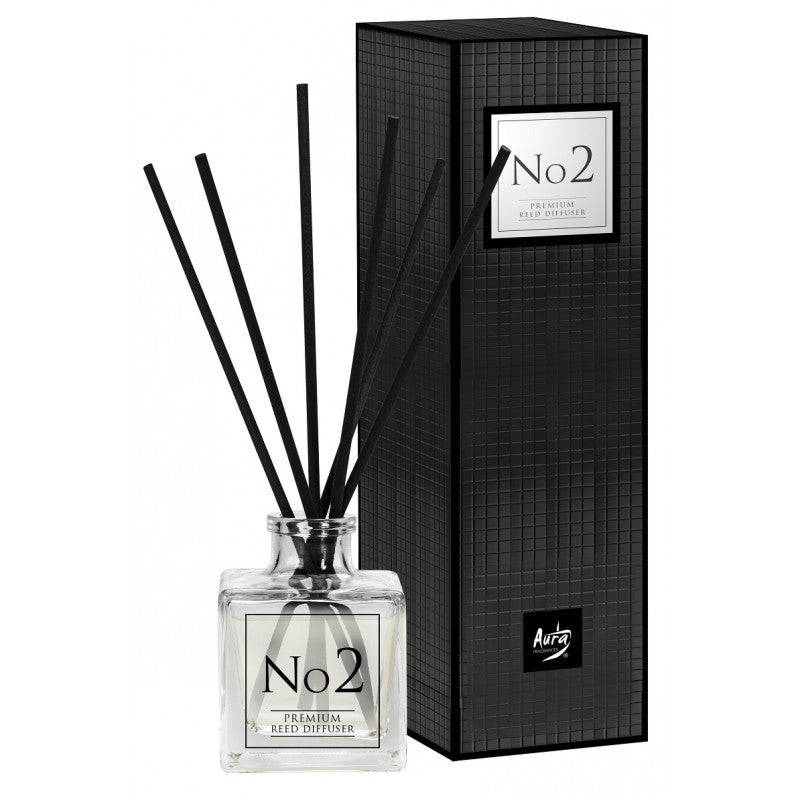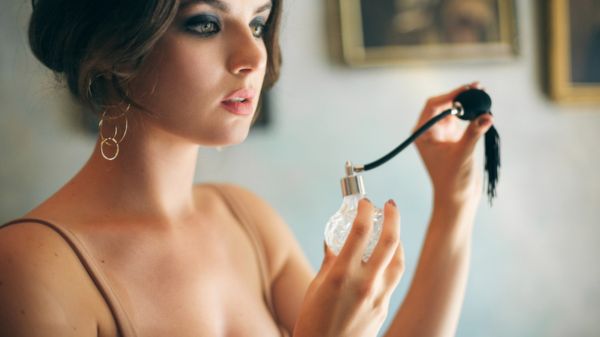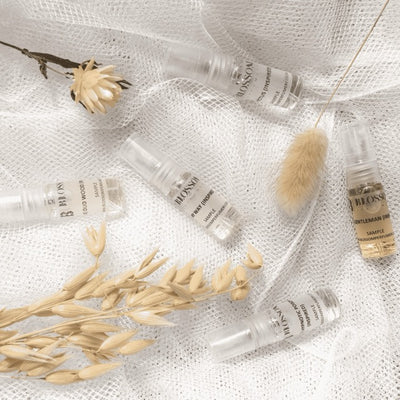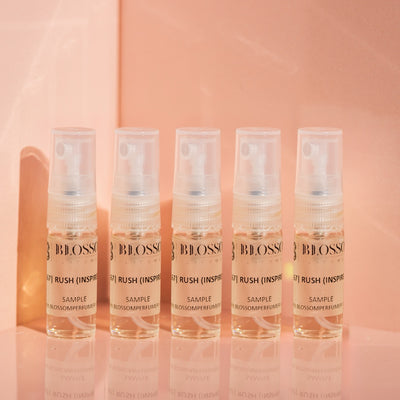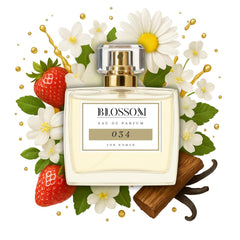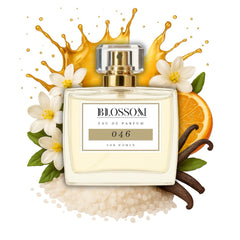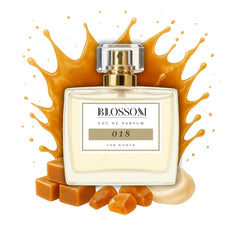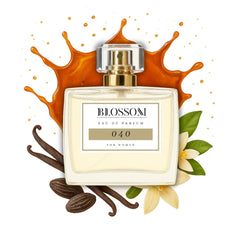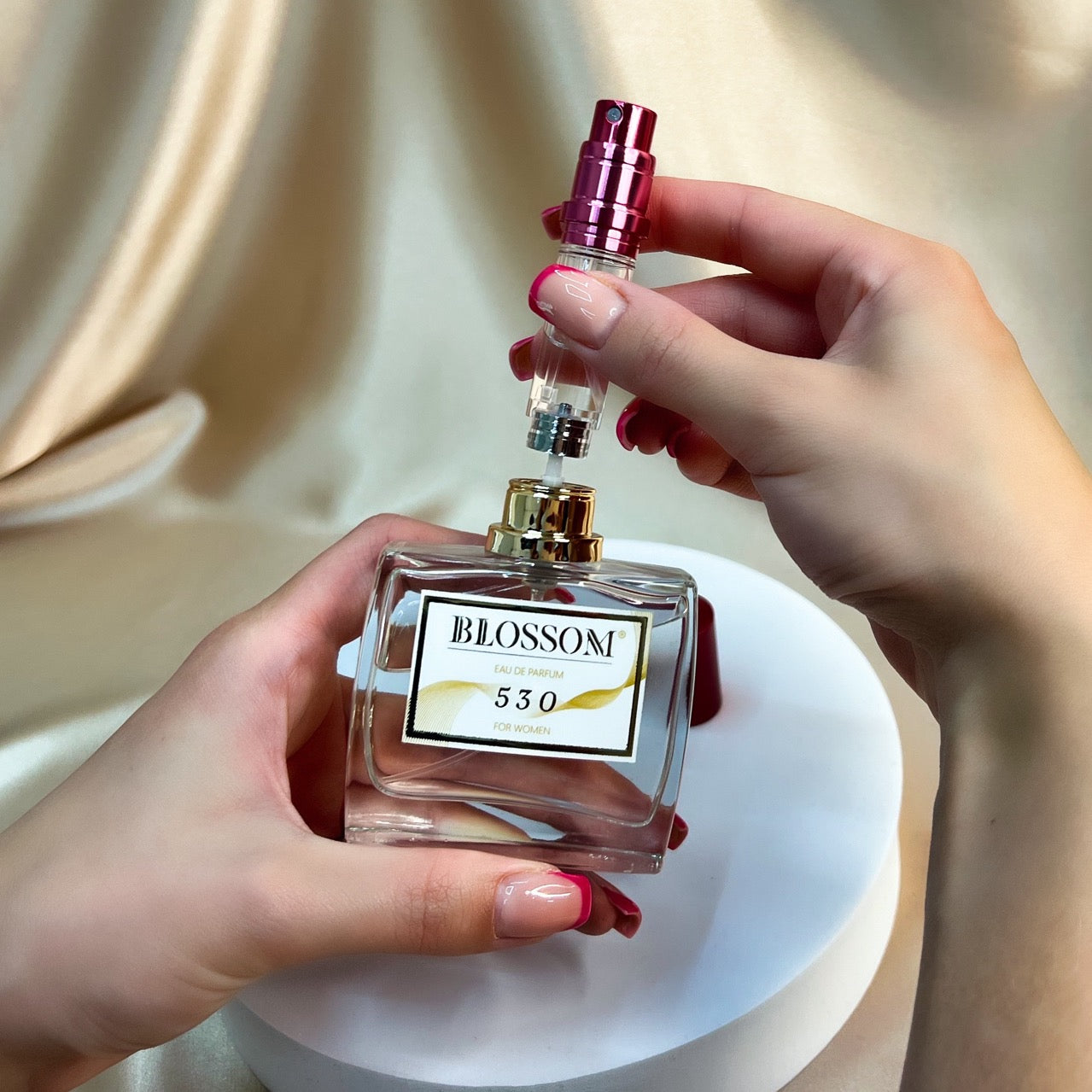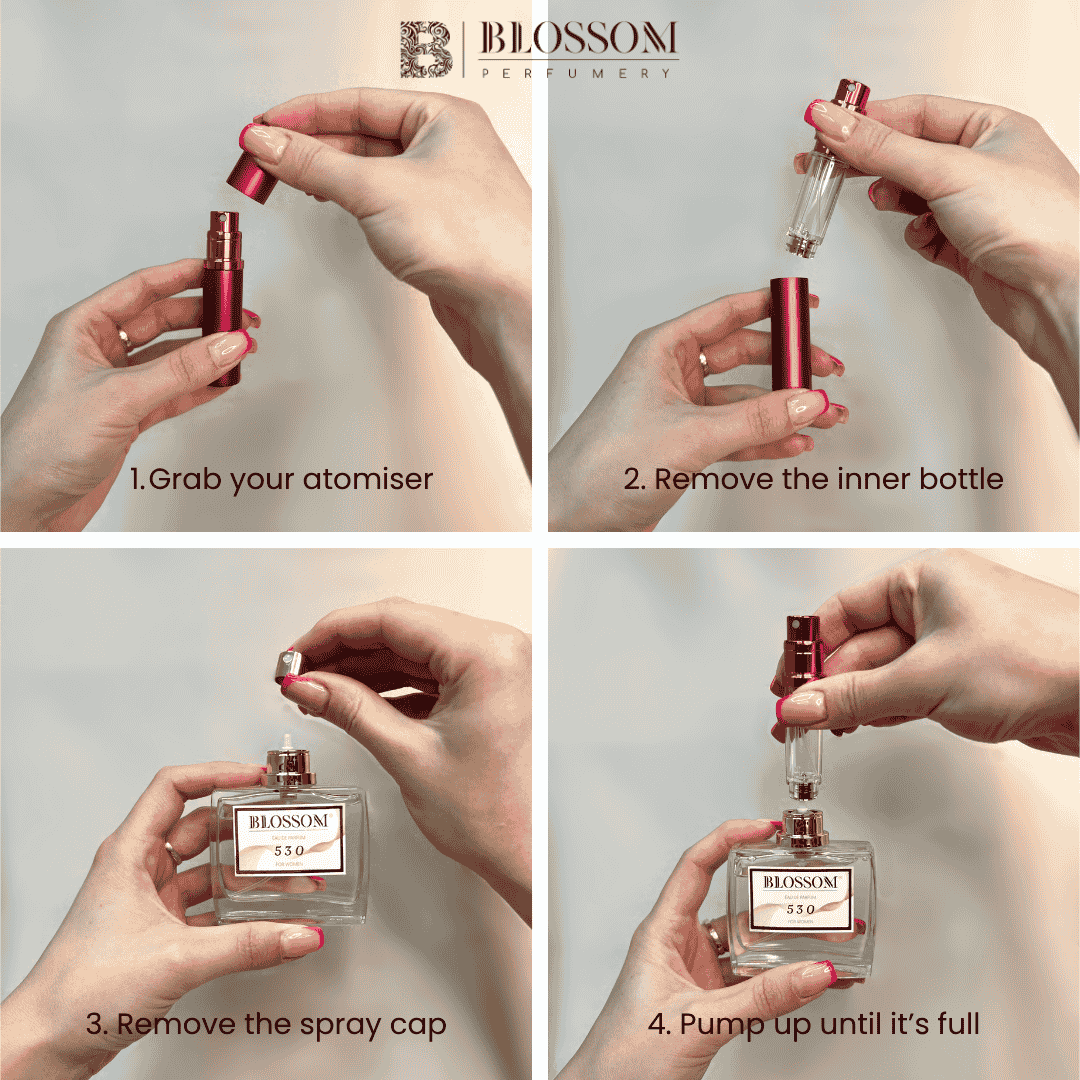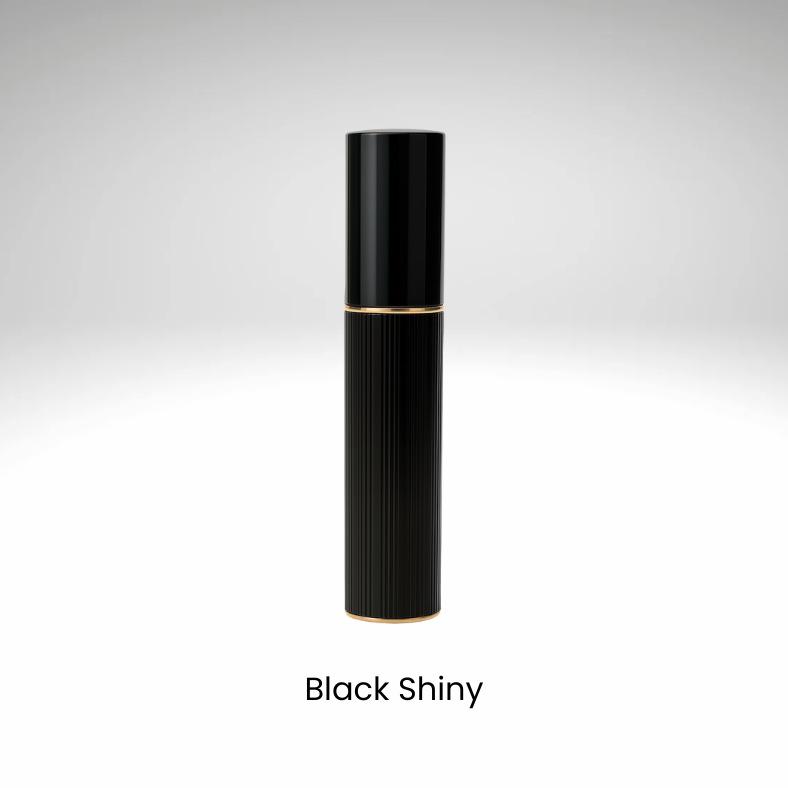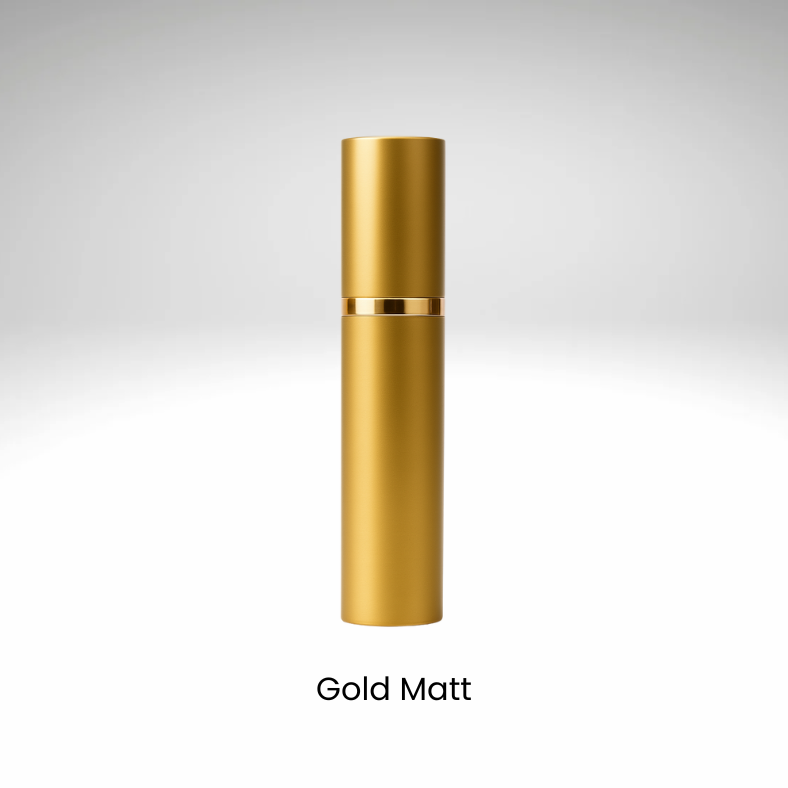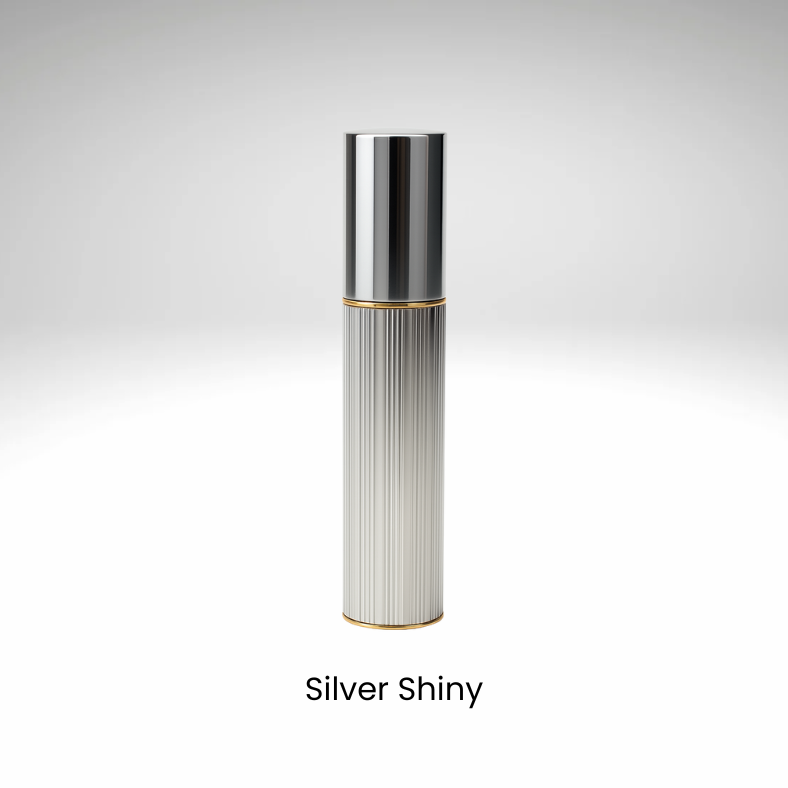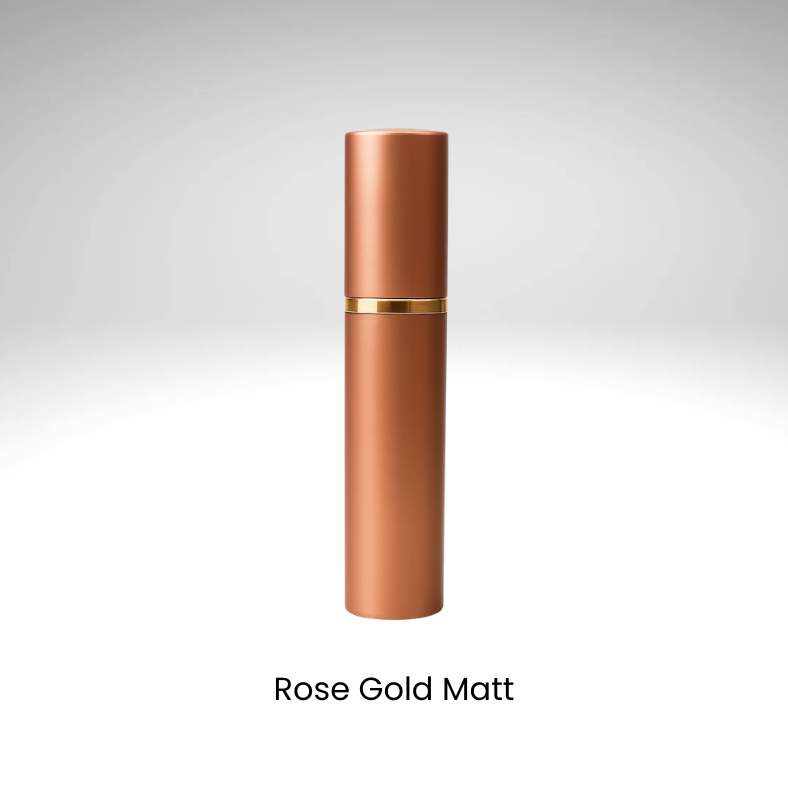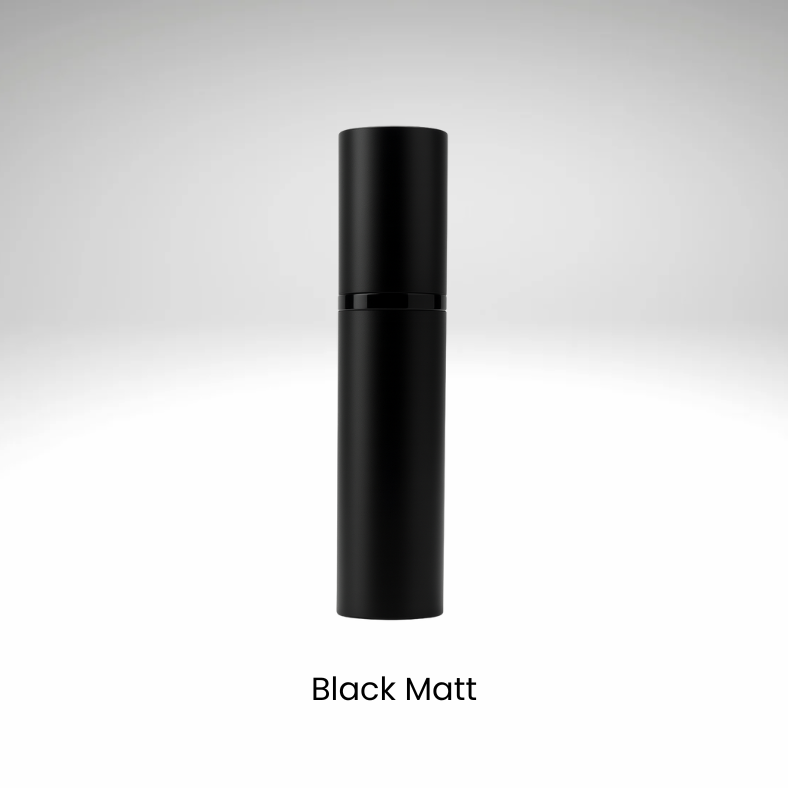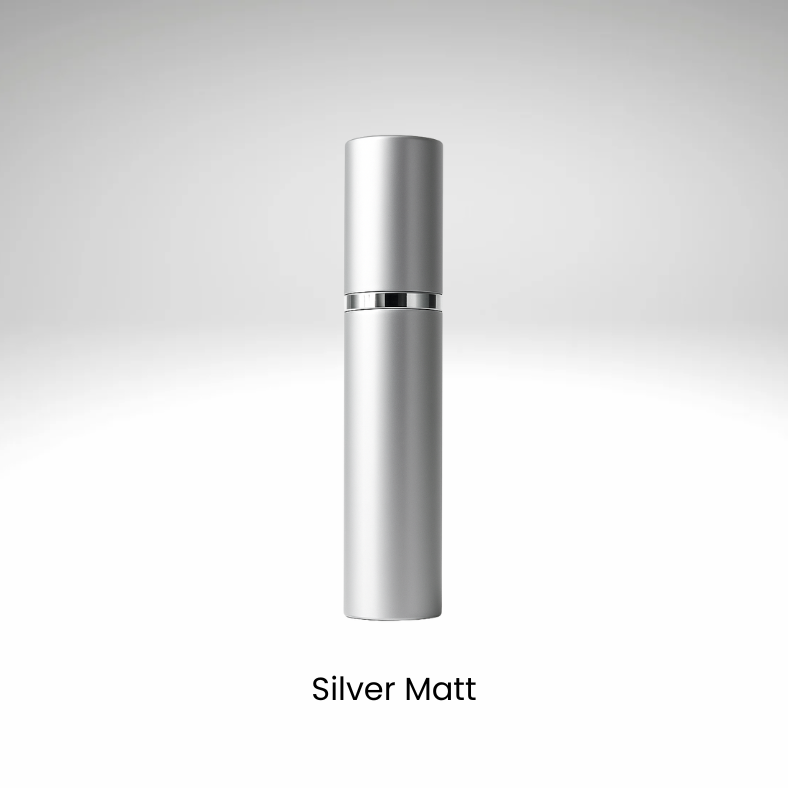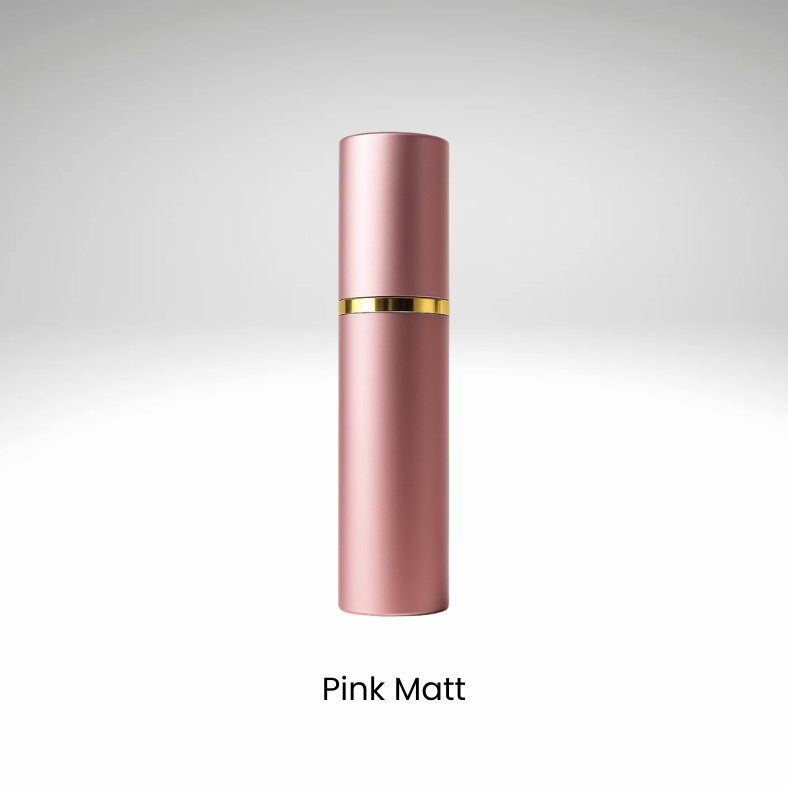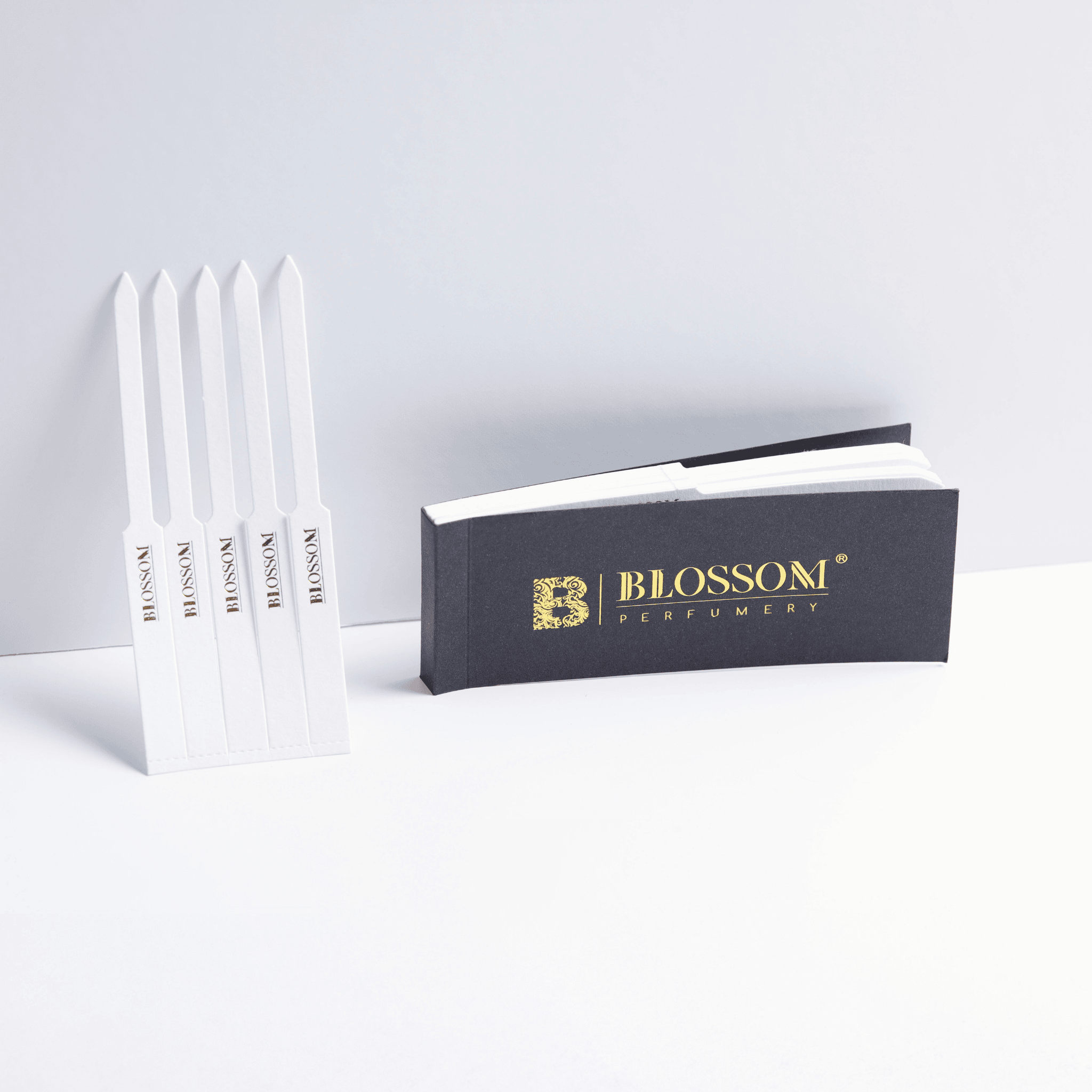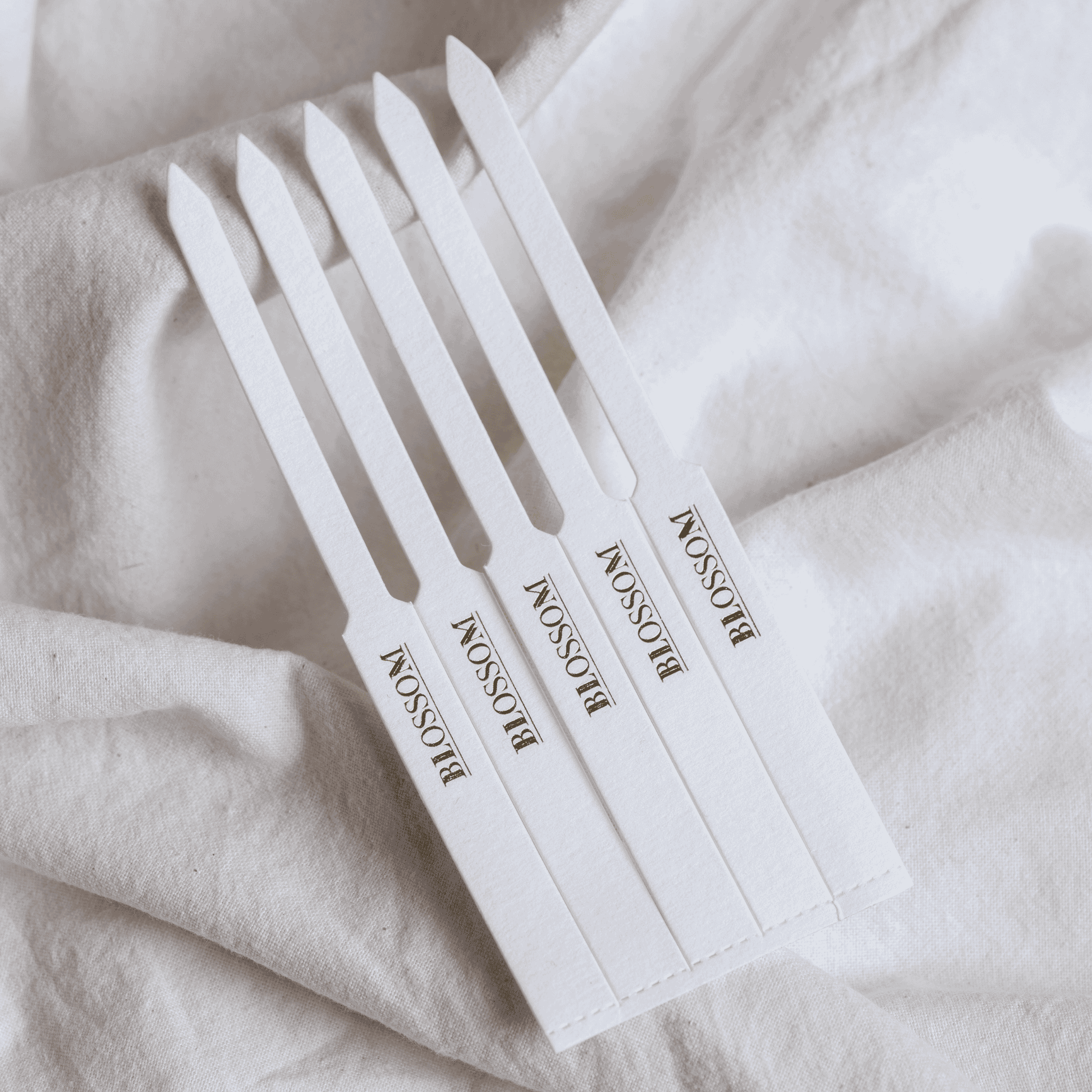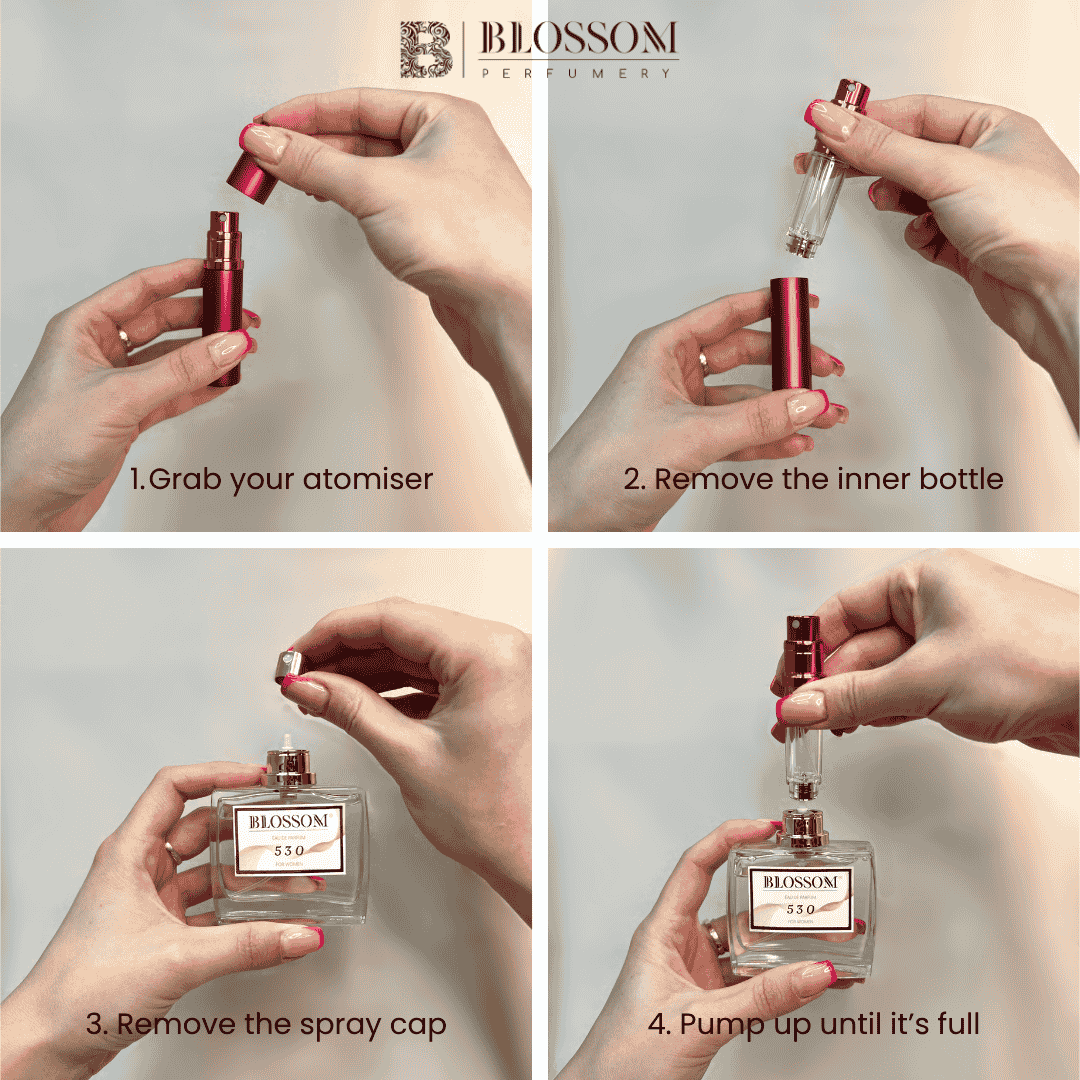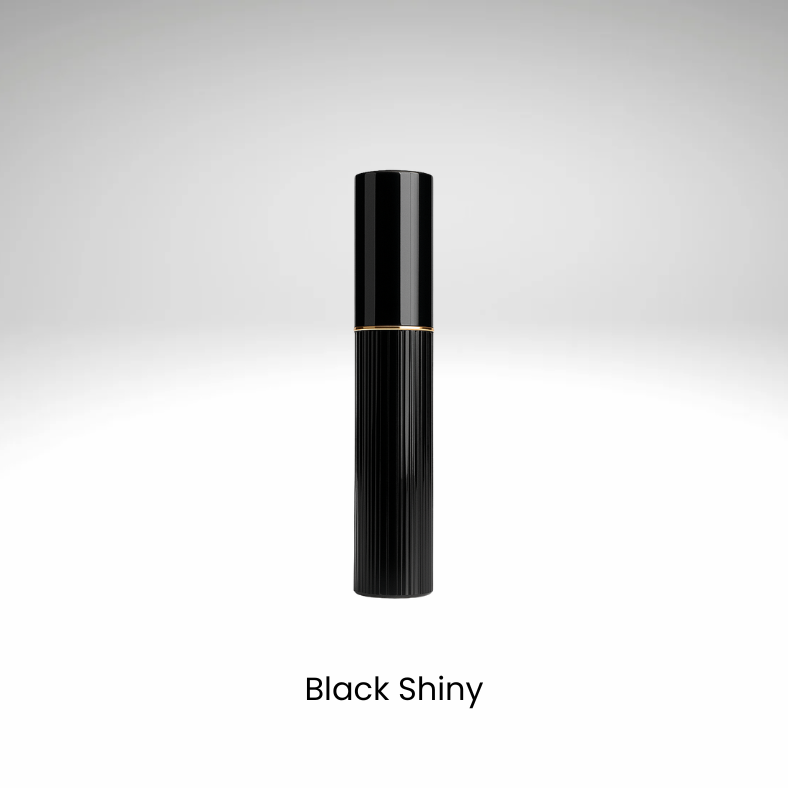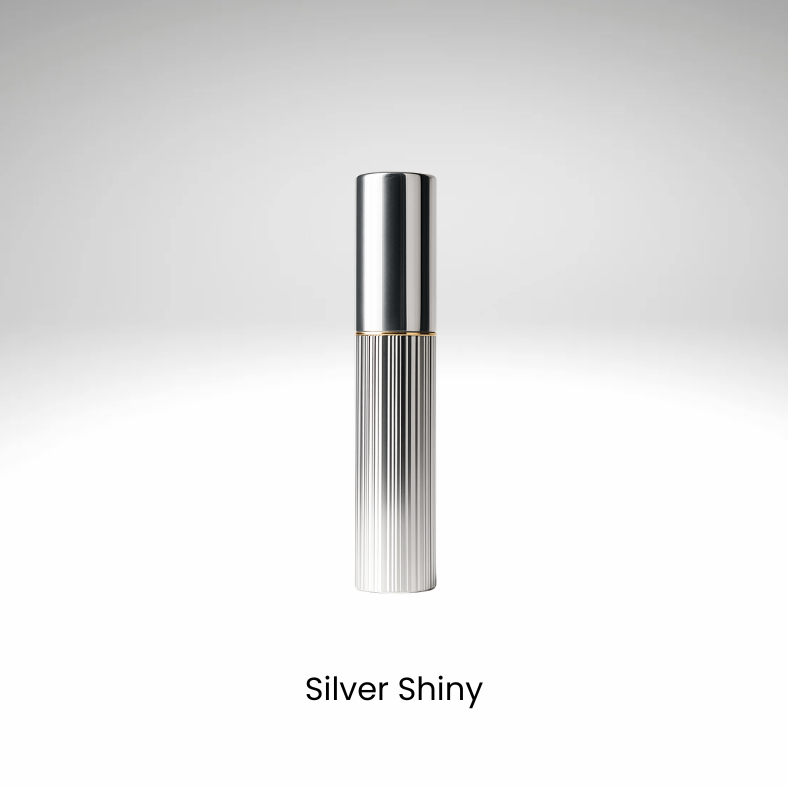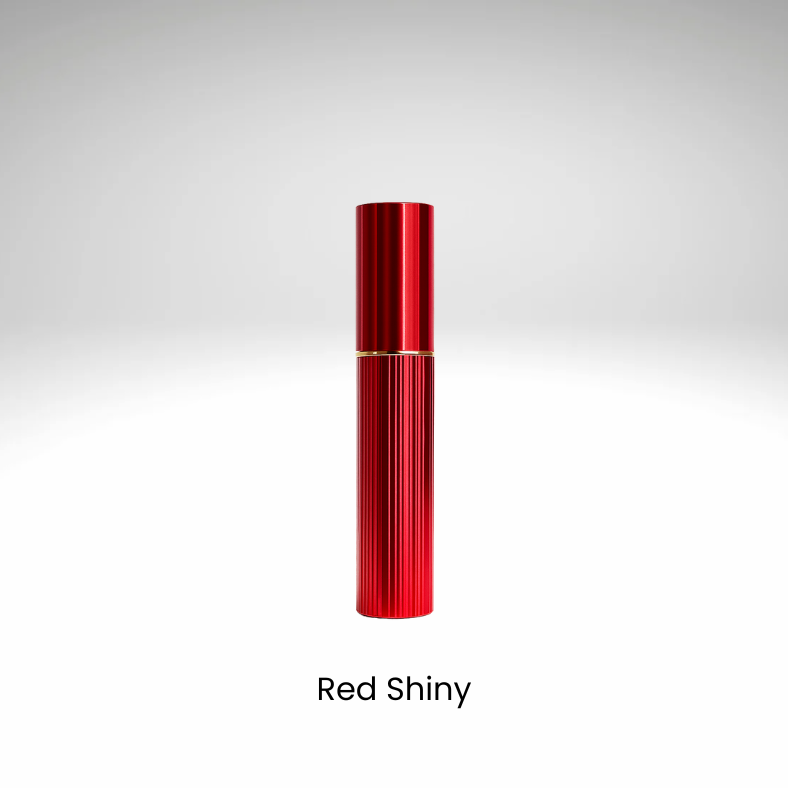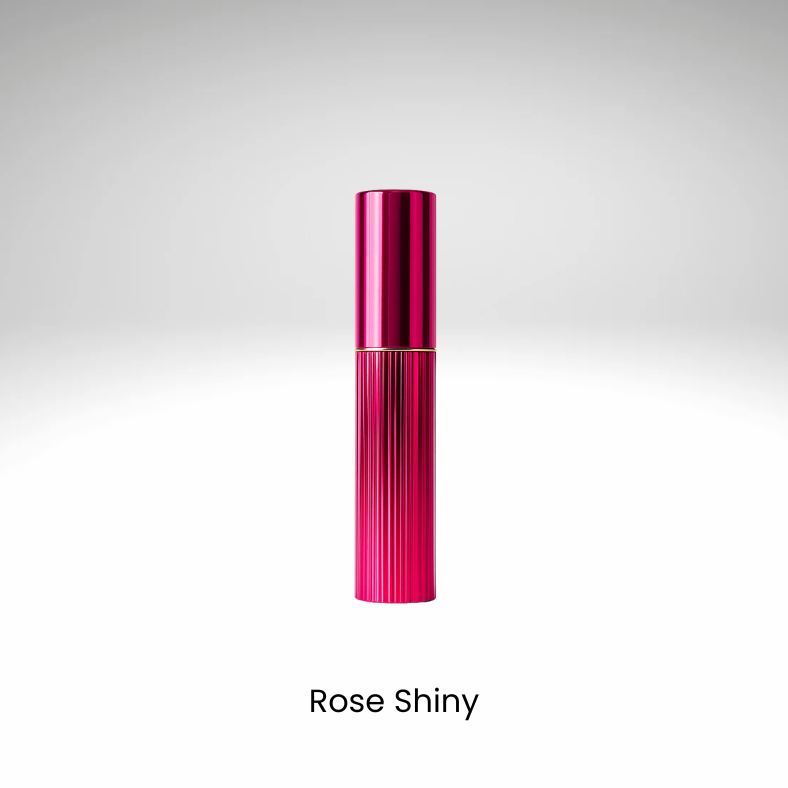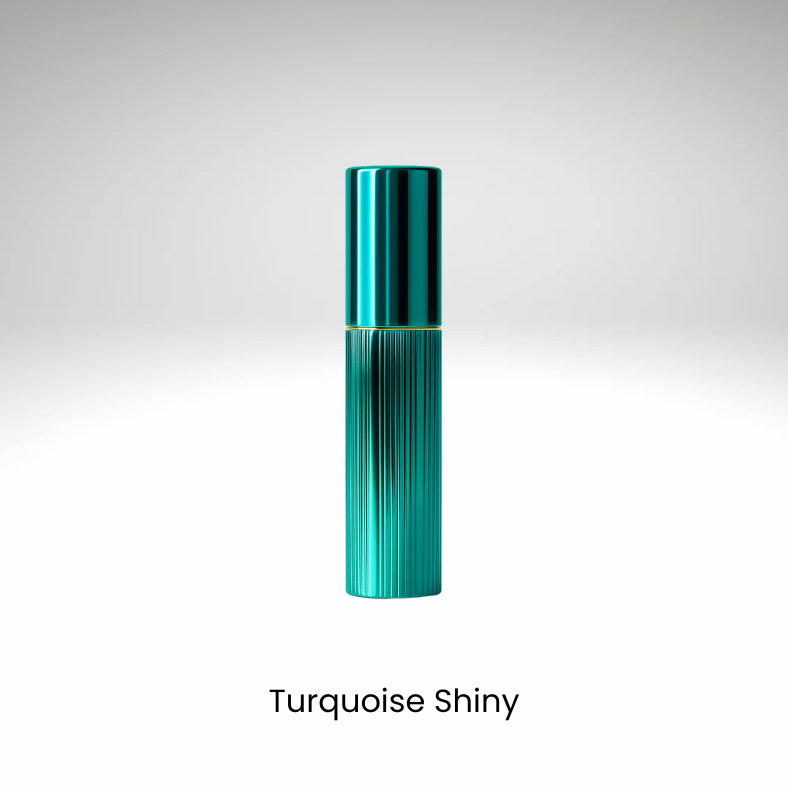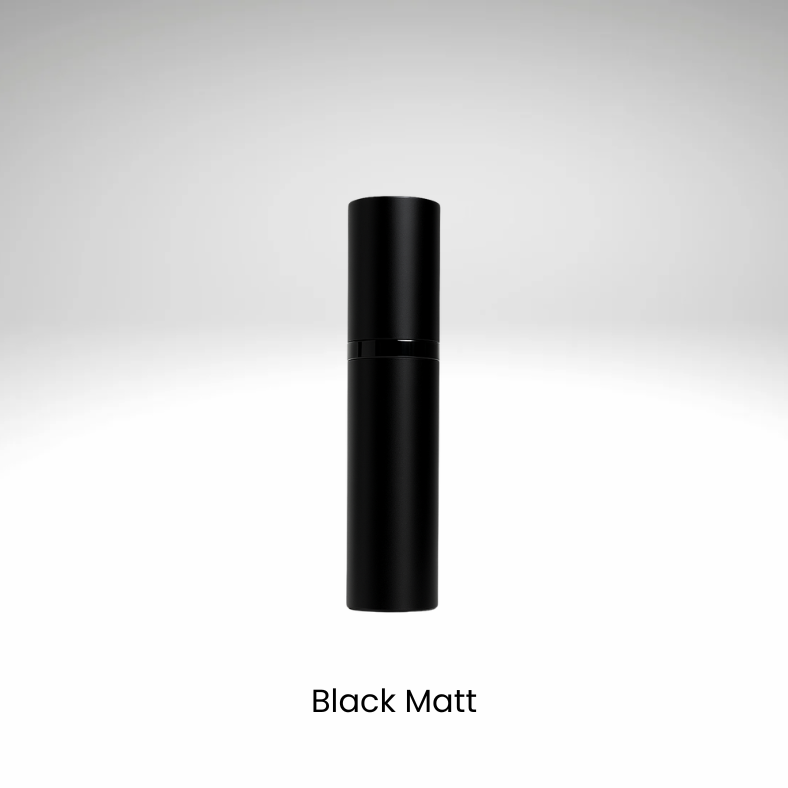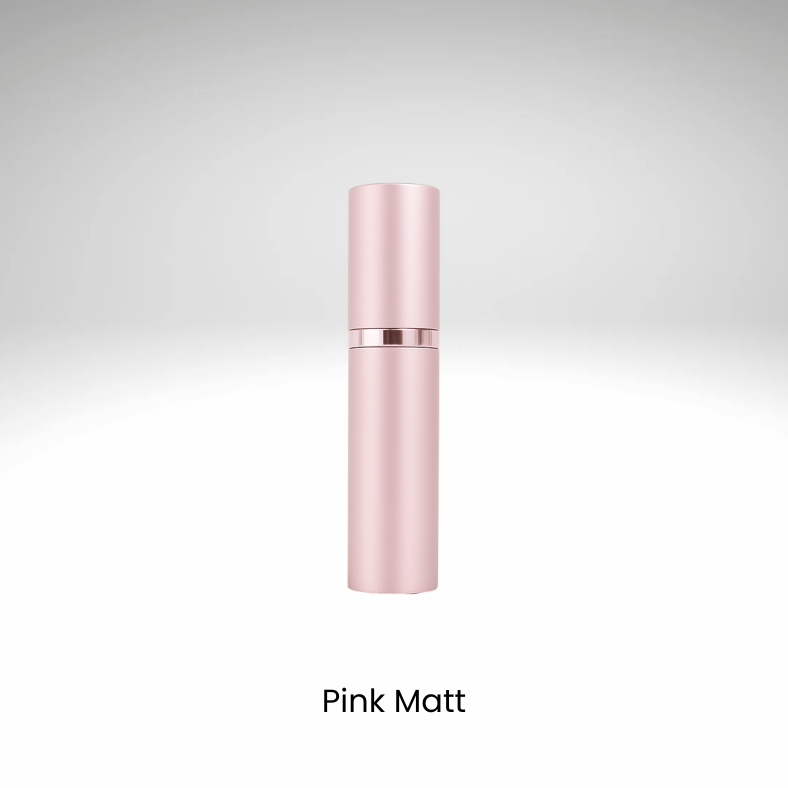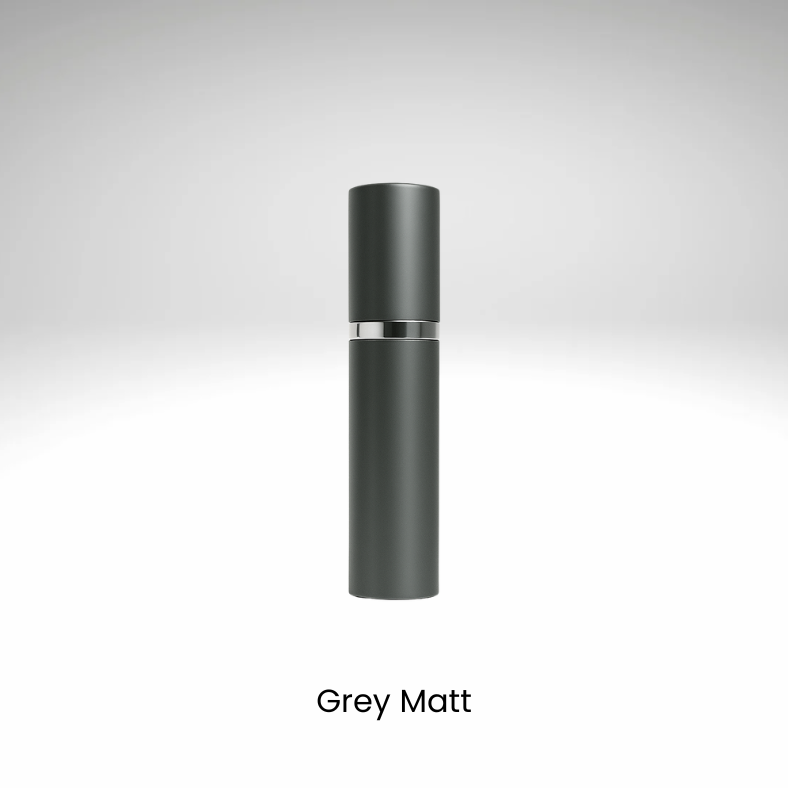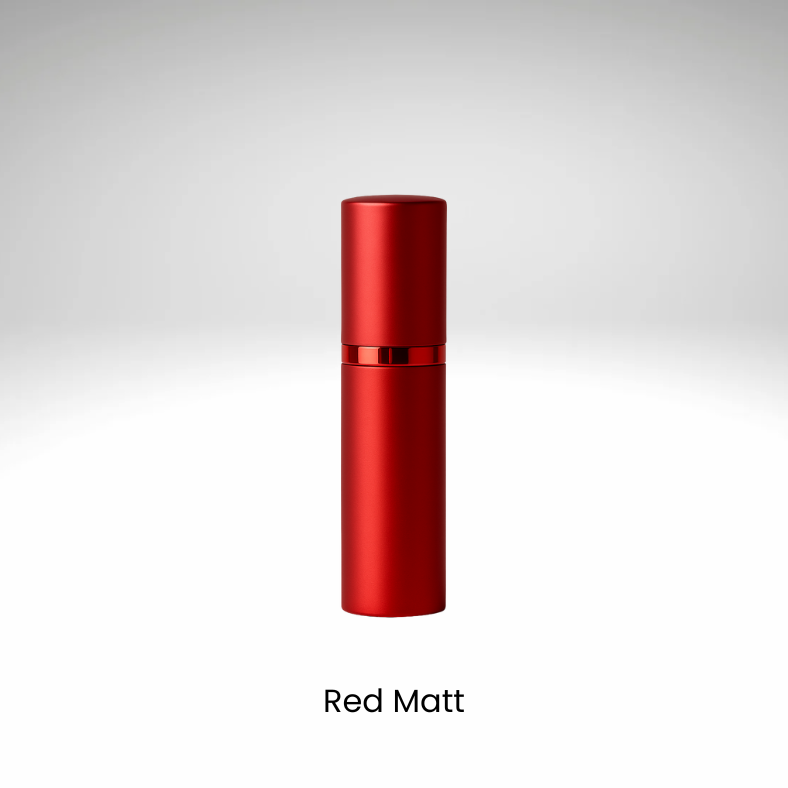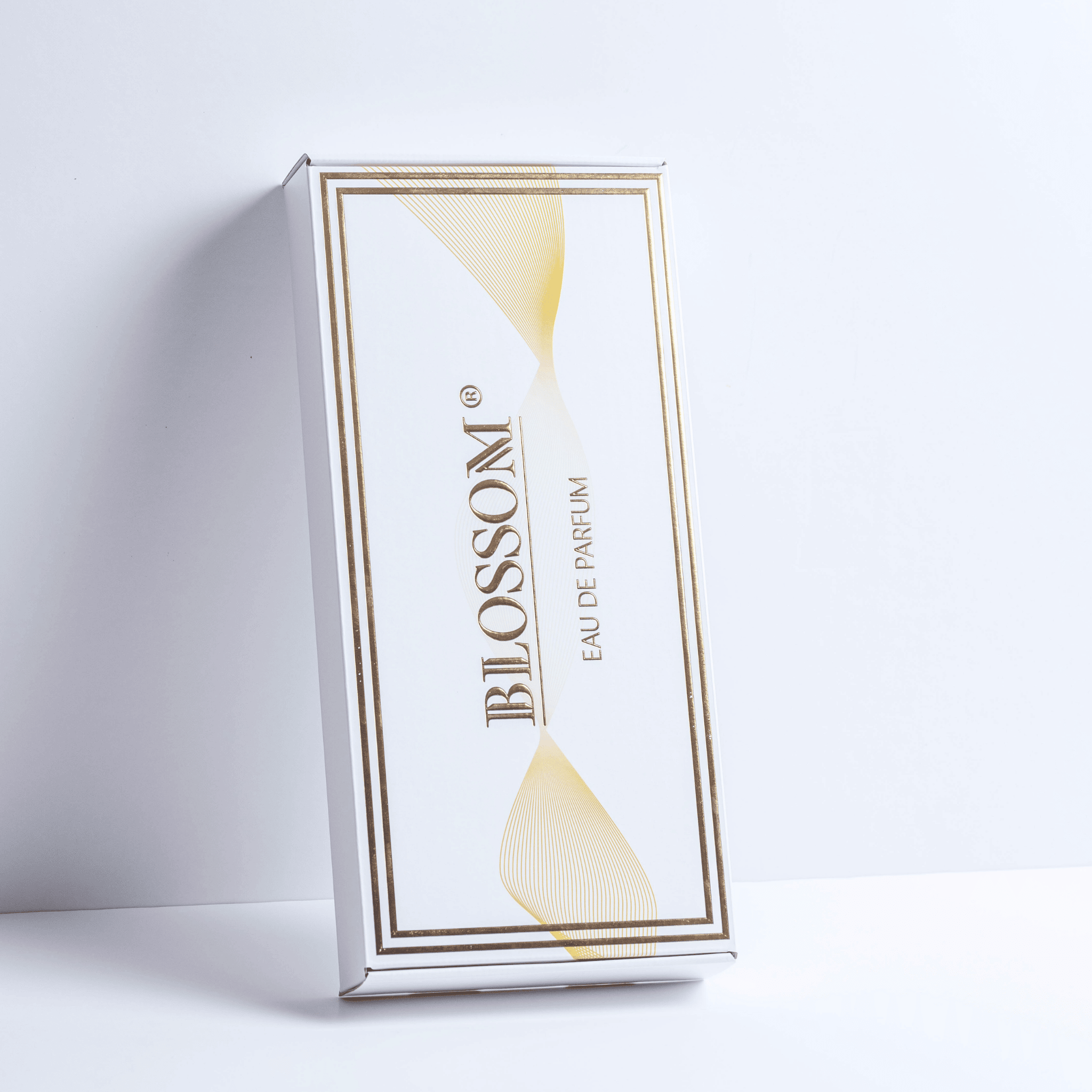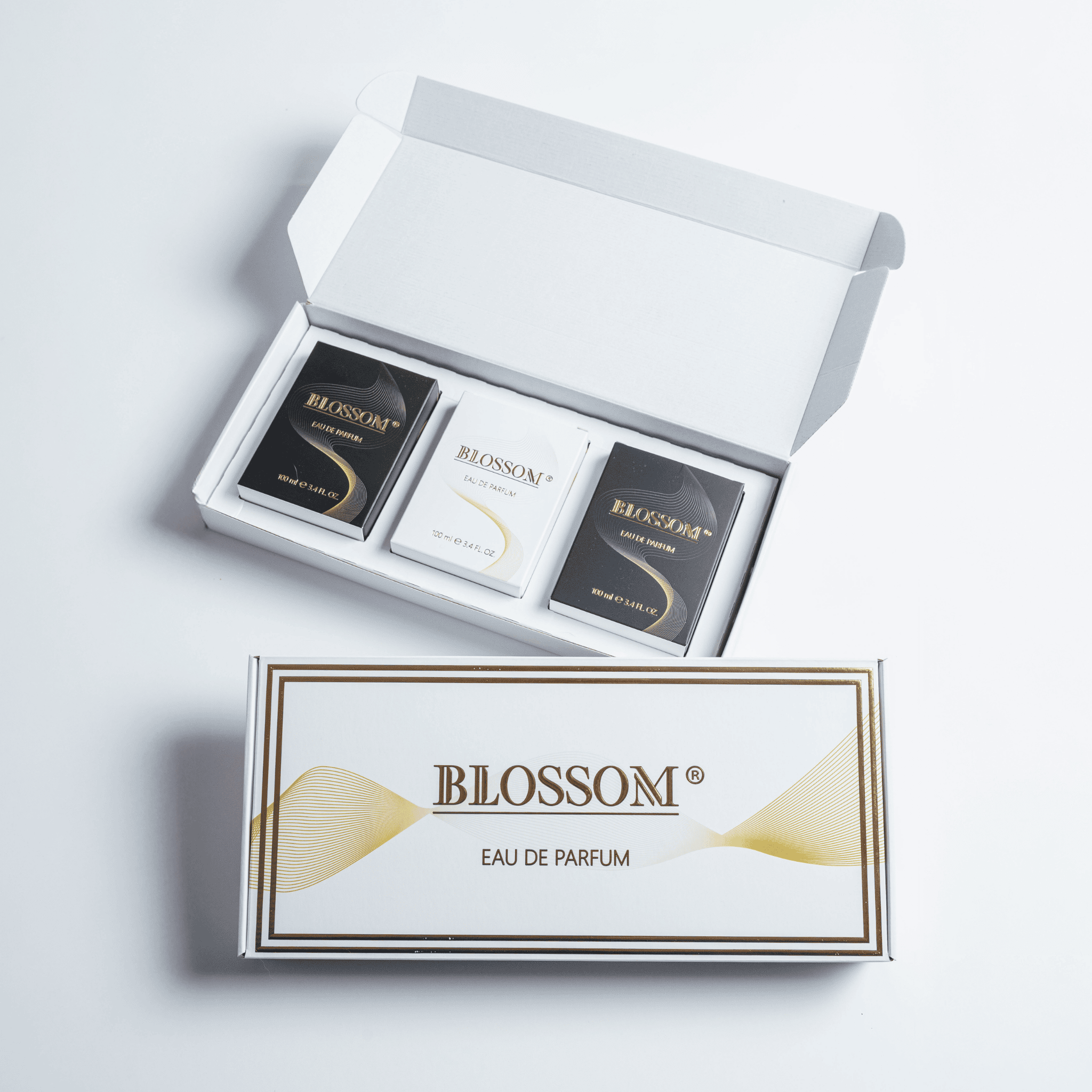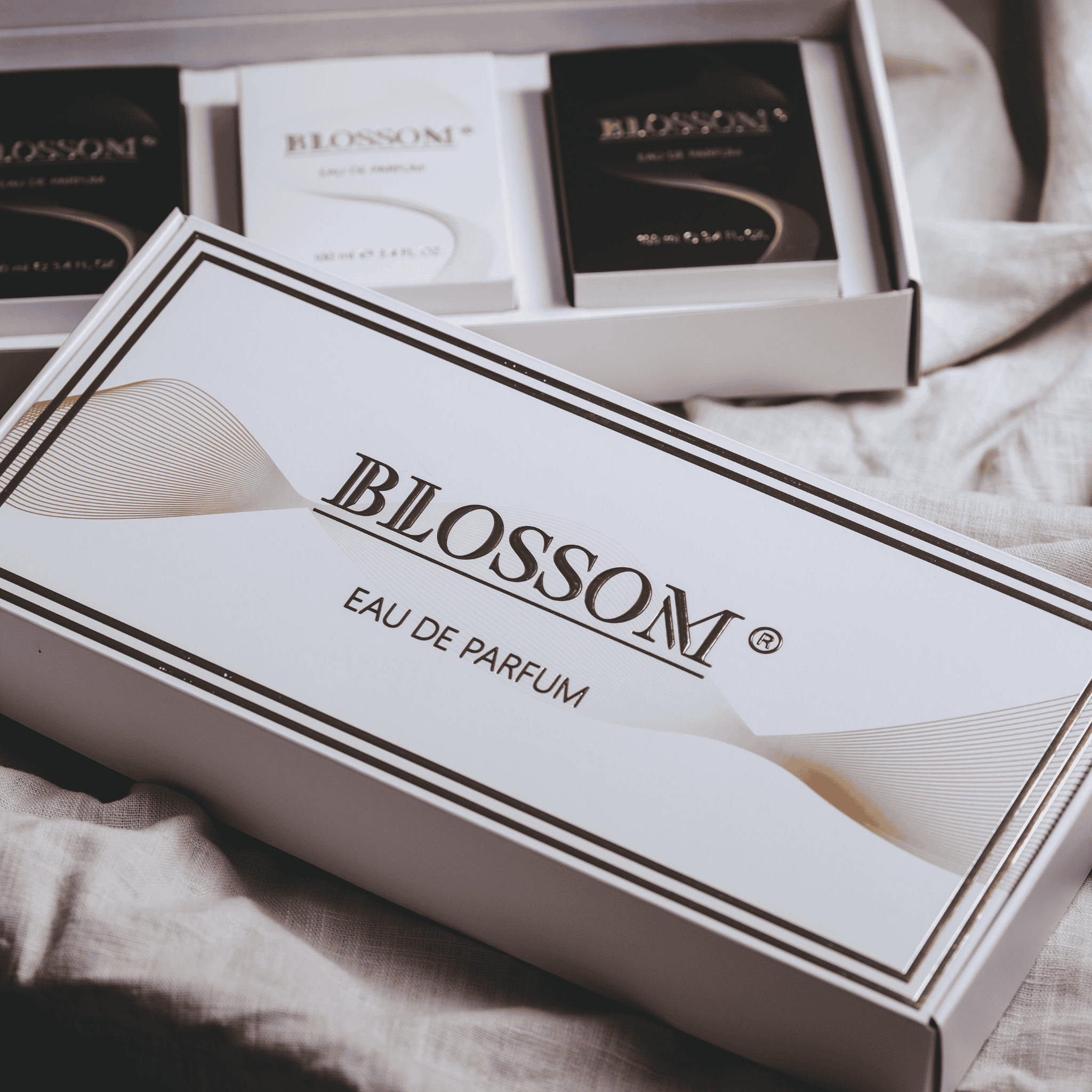We’ve all seen them. Scrolling through our feeds, tucked between a review of a new niche release and a video about maceration, there’s the ad. A sleek bottle, a dramatic promise: the power of attraction, bottled. Pheromone perfume.
The claim is as old as time, really—a love potion for the modern age. And if you’re like me, you’ve probably met these claims with a healthy dose of skepticism. We spend our time appreciating the art of a beautifully constructed chypre, the delicate balance of a floral aldehyde, or the comforting warmth of an amber gourmand. Can a single, "scientific" ingredient really eclipse all that craftsmanship?
But the question lingers, doesn’t it? In a world of complex scent profiles and personal chemistry, is there something to this idea? Let’s talk about it, from one fragrance lover to another.
The science
First, let's get the biology out of the way. In the animal kingdom, pheromones are undeniable chemical signals. Ants use them to create trails, moths use them to find mates from miles away—it’s a clear-cut communication system. Humans, however, are a bit more complicated.
The main debate revolves around the vomeronasal organ (VNO), a tiny sensory pit in the nose meant to detect these compounds. In many animals, it's fully functional. In humans? Well, most scientists consider it to be vestigial, a leftover from our evolutionary past.
So, what are these perfumes even using? They typically contain synthetic versions of human steroids that are thought to act as pheromones. These are the big three you'll often see mentioned:
-
Androstenone: Found in higher concentrations in male sweat, it's often linked to dominance. Interestingly, how you perceive its scent—or if you can smell it at all—is genetic. To some, it’s an unpleasant, sharp odor; to others, it's neutral or even faintly sweet.
-
Androstenol: Associated with youth and fertility, this compound is found in fresh sweat from both sexes. It’s generally considered to have a more pleasant, musky scent.
-
Androstadienone: Often called the "love pheromone," this male-derived steroid has been shown in some studies to affect a woman's mood and focus.
The science is… suggestive. It’s not conclusive. There are no double-blind, peer-reviewed studies proving these perfumes will make you irresistible. But maybe that isn’t the point.
Are they just marketing?
Here’s where it gets interesting. Let's forget the hard science for a moment and talk about the psychology of scent. You know that feeling when you wear a fragrance that just clicks? A scent that feels like your favorite leather jacket or a perfectly tailored suit. You stand a little taller. You make more eye contact. You project confidence.
Could pheromone perfumes be doing the exact same thing, just through a different narrative?
Think about it. If you believe you’re wearing something that makes you more attractive, you will likely act in a way that is more open, confident, and engaging. Others don't react to the chemical; they react to the new energy you’re putting out. It’s a self-fulfilling prophecy—a fragrant one.
It’s less of a magic potion and more of a potent placebo. And in the world of attraction and self-assurance, a little placebo effect can be a powerful tool. The real magic isn't in the bottle, but in the permission it gives you to feel amazing. It's the scent of confidence.
How do they actually smell?
This is the most important question for us, isn't it? If a fragrance is going to work, it has to be wearable. Frankly, the raw pheromone compounds themselves don't smell great. As we touched on, androstenone can be sharp and urinous. Not exactly the vibe most of us are going for.
This is why you'll see two kinds of pheromone products:
-
"Unscented" Additives: These are concentrated oils or sprays meant to be layered with your existing perfumes. They often have a faint musky or skin-like scent on their own that is meant to disappear under your chosen fragrance.
-
Pre-Scented Perfumes: These are complete fragrances that have the pheromone compounds already built into their structure. The perfumer's job here is a challenging one: to use traditional notes—citrus, florals, woods, spices—to mask or complement the sometimes-funky base of the pheromones.
It's not unlike how perfumers of the past used animalic notes like civet or castoreum. On their own, they are jarring, almost offensive. But when blended with a master's touch, they provide a depth, a human-like warmth, a certain je ne sais quoi that makes a fragrance feel alive on the skin. A good pheromone perfume should operate on the same principle.
Can you layer them?
Now for the question every true scent lover is asking. If you get one of those "unscented" additives, can you mix it with your treasured collection?
Yes, but with care.
Think of the pheromone additive as a new, potent base note. It will invariably alter the scent profile of whatever you layer it with. It could add a fascinating, primal depth to a simple citrus cologne or a dark, musky undertone to a sweet vanilla. The potential for creating a truly unique signature scent is definitely there.
However, layering it with an already complex and masterfully blended perfume might be a disservice to the original creation. It’s like adding a drum machine to a delicate string quartet; you risk muddying the composition.
Our advice? Start simple. Experiment by layering an additive with more linear fragrances—single-note vanillas, soliflores, or straightforward woody scents. See how it plays with the raw materials you already know and love. It’s a new form of play in our olfactory sandbox. Finding the right perfume a bit tricky? Discover your perfect match with us.
What’s the verdict?
Pheromone perfumes exist in a fascinating gray area between biology, psychology, and the pure art of perfumery. They aren’t a magic wand. Wearing one won't suddenly give you an irresistible aura that mesmerizes everyone in a room. The science is too shaky for that grand of a promise.
But they aren’t a total gimmick, either.
Their true power seems to lie in their effect on the wearer. They function as a potent confidence booster, a secret little accessory that changes how you carry yourself through the world. And that change in you is what others notice. It’s a subtle shift, a nudge rather than a shove.
If you decide to explore them, do it with a spirit of curiosity, not expectation. See it as another facet of our shared passion. After all, isn't the thrill of discovery and the search for a scent that makes us feel like the best version of ourselves what draws us to fragrance in the first place?

